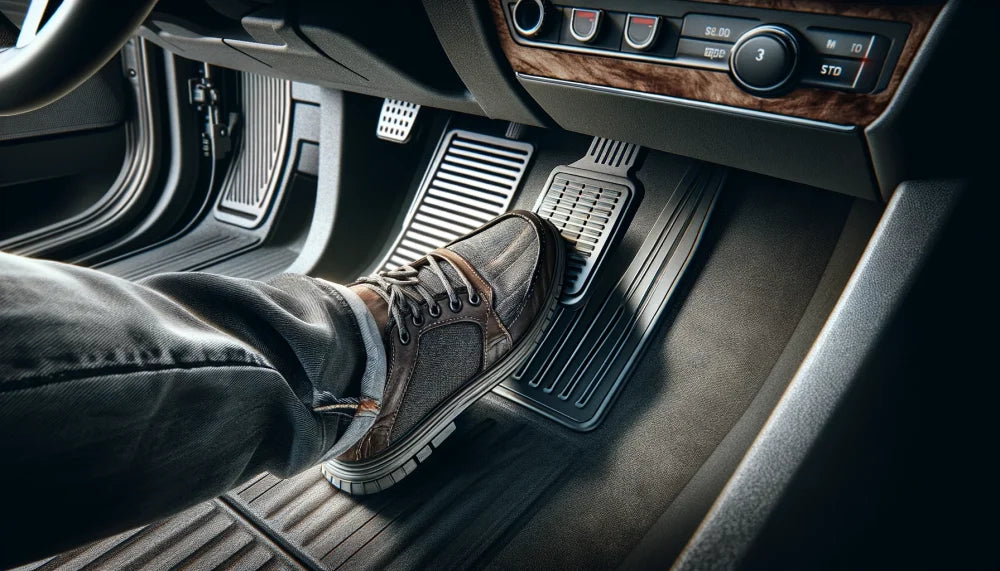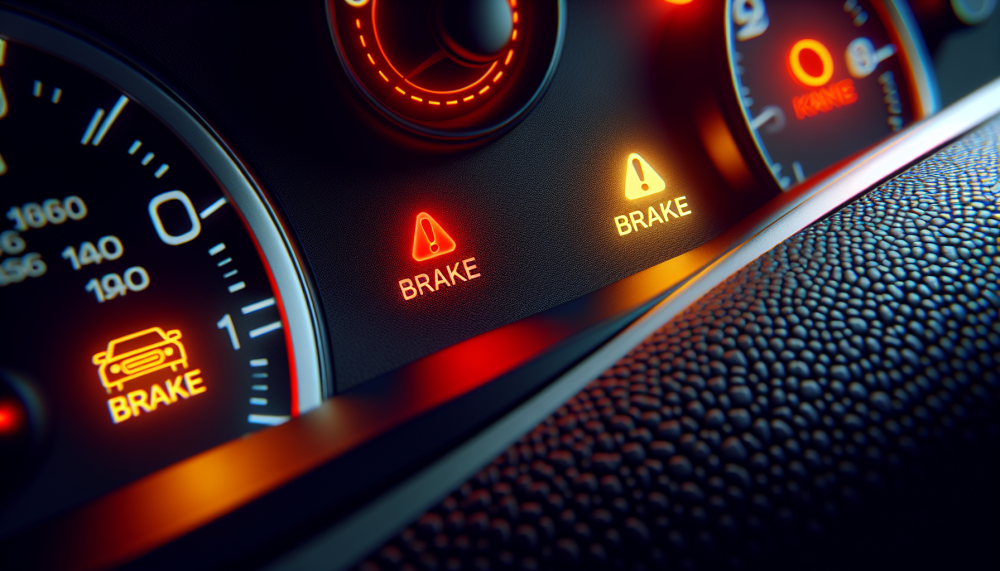Faster Delivery in 3-5 Days
Faster Delivery in 3-5 Days

The average life of a car brake rotor is between 80,000 and 120,000 miles. A reliable braking system keeps you safe on the road. Car brakes wear out over time, and replacing them can be costly. We offer 7 ways to help you maximize the life of your brake discs.

The standard brake components are adequate for regular driving, but if you upgrade to performance brake pads and rotors, you'll get better cooling and more consistent braking, especially in tougher driving conditions. These components are designed to handle higher temperatures and resist fading, making them ideal for drivers who frequently encounter stop-and-go traffic or mountainous terrain.
Excessive heat can reduce the effectiveness of your brakes and cause premature wear. Installing brake cooling ducts or vents can help. These components direct airflow over the brakes, significantly reducing brake operating temperatures during heavy use. This is especially beneficial for vehicles used for towing or high-performance driving.
Don't just check the brake fluid level and try to bleed the brake system regularly to eliminate air bubbles that can affect braking efficiency. Flushing the old fluid and replacing it with fresh, high-quality brake fluid can also improve performance. High-performance brake fluids with higher boiling points are useful for those who drive in demanding conditions.

Over time, brake lines, especially those made of rubber, can become brittle and prone to cracks, which can cause leaks and reduce braking power. Upgrading to stainless steel braided brake lines increases durability and improves pedal feel, giving you more control over your vehicle's stopping power and increased confidence.
Brake bias refers to the distribution of braking force between the front and rear brakes. Understanding how your vehicle's brake bias is set and making adjustments when necessary can improve braking efficiency and control. This may involve adjusting the proportioning valve or adjusting the size of the braking components on different wheels. Proper brake bias setting ensures optimal braking performance and reduces the risk of premature wear.
The weight a car carries affects the life of the brakes because the heavier the car, the greater the force and pressure on the brakes. Manage your driving speed, maintain a certain distance between you and other vehicles, and prevent sudden braking. When driving an automatic transmission vehicle, please do not place your foot on the accelerator pedal for a long time. Improve your predictability of road conditions and change your foot position to the brake pedal in a timely manner to ensure safety.
Anti-lock braking systems prevent tires from locking immediately when braking. When there is air in the ABS, use the OBD2 scan tool to perform the ABS bleed function to bleed the brake system to restore ABS braking sensitivity. After replacing the brake pads, use the scanner tool to reset the brake pads to clear the fault code.

It's natural to want to extend the life of your car's brake system. Autel scanner provides you with ABS brake bleeding service function to help you better maintain your car brake pads.